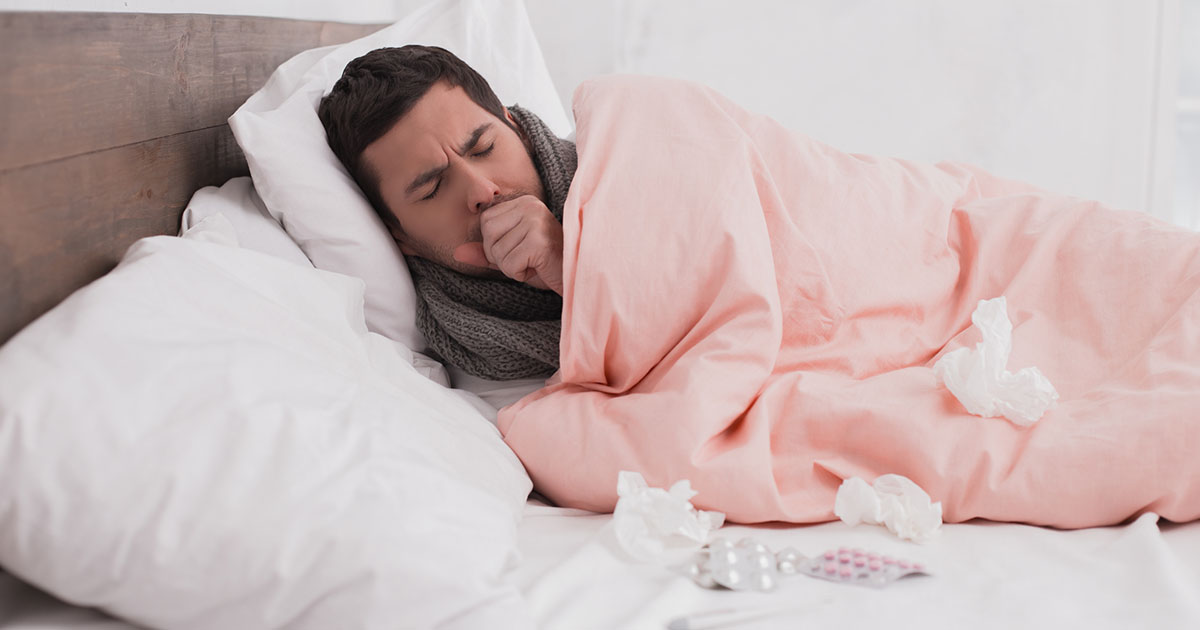Dangers Of Black Mold On Health
Black mold is a common culprit when it comes to unexplained illnesses such as persistent headaches and migraines. What makes this mold such a devious danger is the fallout of black mold poisoning can often be attributed to common viruses and lifestyle sicknesses. This means patients could have constant headaches caused by black mold, but think they are coming from other things. Treatment, then, can be ineffective.
Black mold is also found in many buildings, making it an even more widespread problem. Those headaches could be coming from the individual's home, office, or even the walls at a friend's house. By the time black mold is found, it's often too late to treat. It can take years to eradicate, especially because it typically appears inside walls, ventilation ducts, and around window edges, which are places many individuals don't often look.
Persistent Headaches

Stachybotrys mold, commonly called black mold, is considered an allergen for many individuals. An allergic reaction to it can cause nasal irritation or inflammation, which, in turn, can lead to consistent sinus congestion, often accompanied by a headache. The headaches typically affect the sinus areas, such as the forehead, lower cheekbones and deep beneath the tear ducts, although the also tend to include sensitivity to light and nausea.
Additionally, black mold is toxic, and it is the toxins that often lead to symptoms such as chronic headaches. Mucus membranes in the body are commonly affected by this mold, and inflammation occurs, leading to things such as nasal and sinus cavity pressure. At times, the headaches caused by mold can be severe and lead to further lifestyle concerns, including dizziness or fainting, and problems with speaking.
Frequent Chest Colds

Symptoms of black mold exposure include common cold indicators, such as coughing, wheezing, nasal congestion, a sore, scratchy throat, as well as eye redness and itchiness. Someone with asthma or other respiratory ailments can experience worsened symptoms due to black mold exposure. Manifestations of this include frequent chest colds along with allergic reactions and trouble breathing. Individuals who have chronic asthma, chronic obstructive pulmonary disease, or seasonal allergies are more likely to develop symptoms after being exposed to black mold.
Treatment for mold exposure-related chest colds includes antihistamines such as eye drops and nasal sprays. Decongestants can help clear out the nasal passages and sinuses. Sometimes steroidal prescriptions are given to help reduce the inflammation at the root of congestion. Allergy shots are also sometimes given to help build up a resistance to an allergen, such as those found in black mold.
